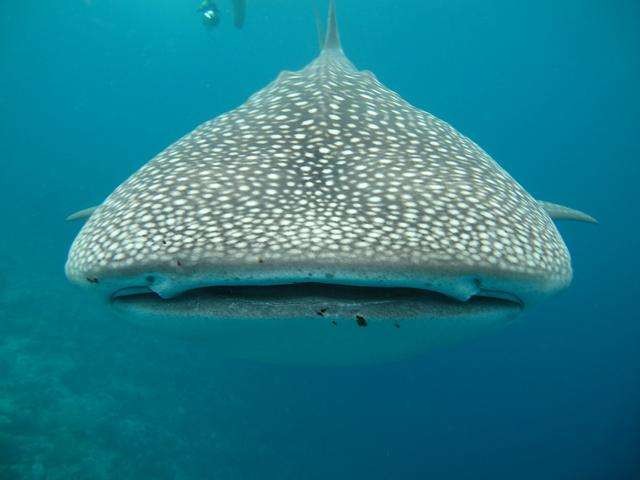
Whale shark
Rhincodon typus
The whale shark is the largest shark and the largest fish. It is named whale···
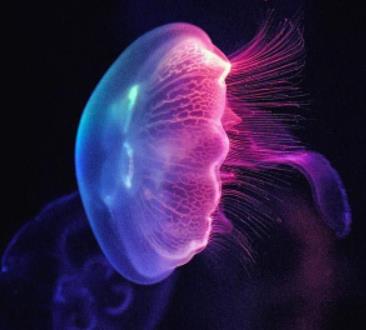
Aurelia aurita
Moon jellyfish, UFO jellyfish, Moon jellyfish
Moon jellyfish feed on plankton such as mollusks, crustaceans, worms and cop···
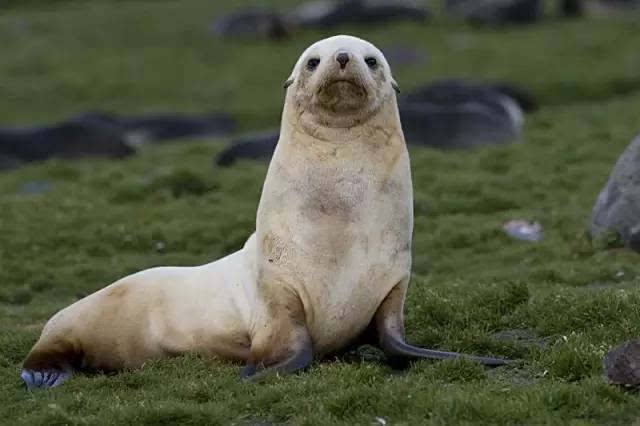
Arctocephalus australis
Sea lion, South American seal
The fur of the South American Fur seal is dark gray.Females and most immatur···
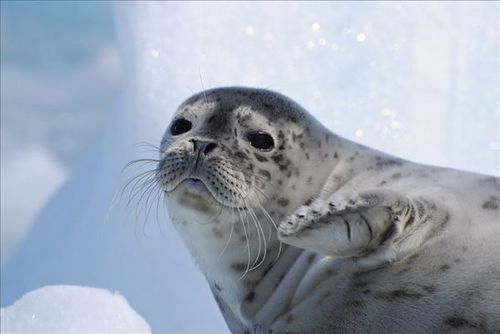
Phoca largha
Harbor seal, seal, fur seal, fur seal, western Pacific harbor seal
Sometimes they look out of the water, sometimes they dive for food, and some···
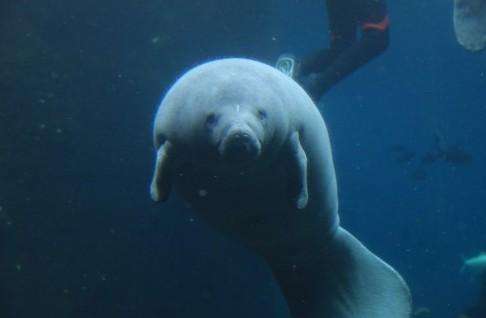
Trichechus senegalensis
African manatee,African manatee, Seacow,Lamantin d'Afrique, Lamantin du Sénégal,Manatí de Senegal
The West African manatee (Trichechus senegalensis, African manatee) is a spe···
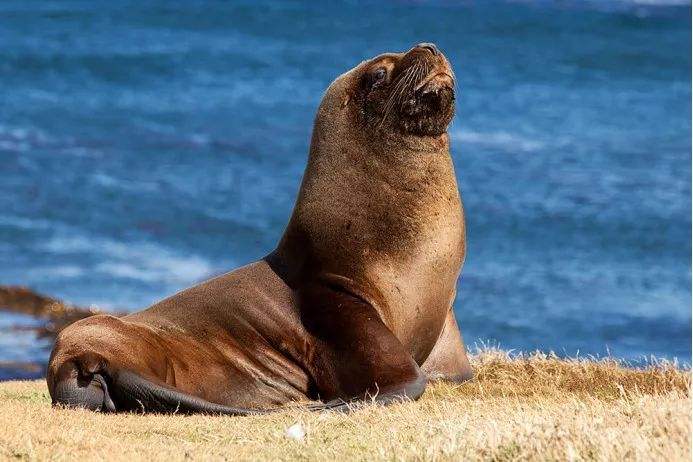
Arctocephalus australis
South American sea lion, southern sea lion, maned seal, South American fur seal
There are about 14 species of sea lions in the world, of which the South Ame···
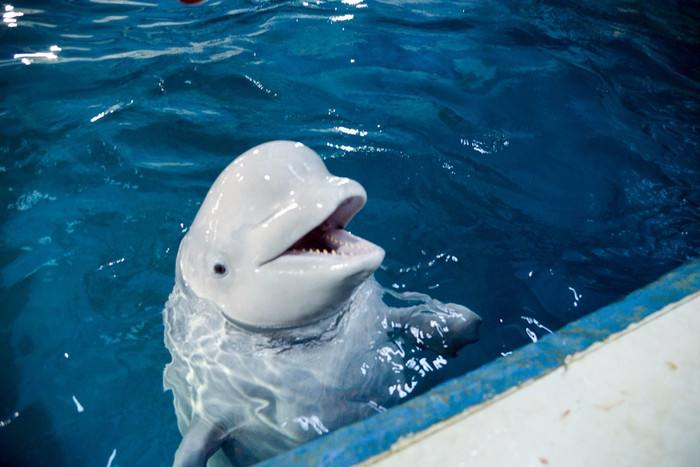
Beluga whale
Delphinapterus leucas, sea canary
As the name suggests, it is a white whale. It is called the cutest whale in ···
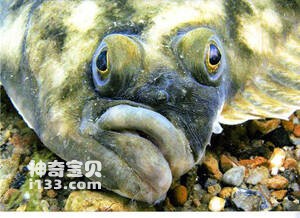
Pleuronectiformes
Pleuronectiformes,heterosomata,flounder
Flounder is a general term for fishes of the order Plaice. It has no swim bl···
